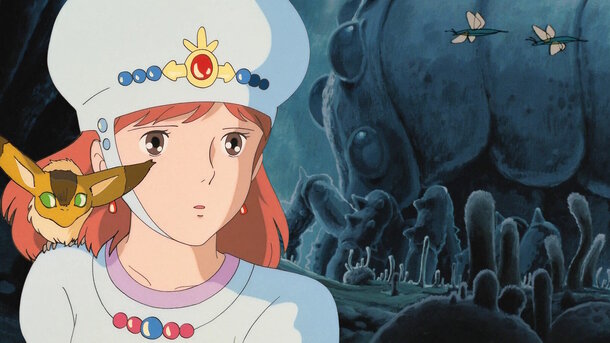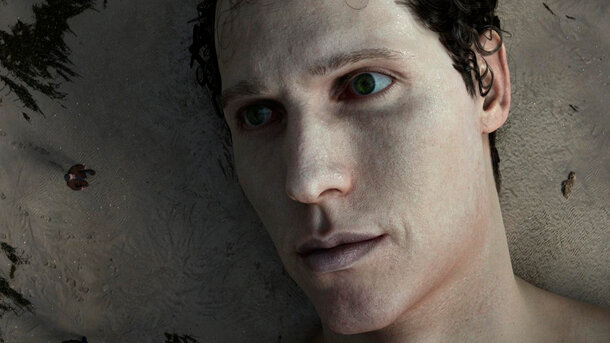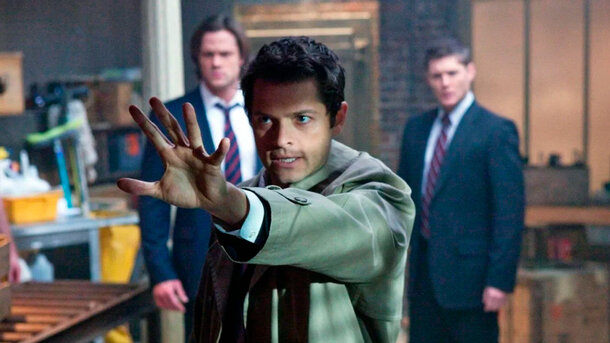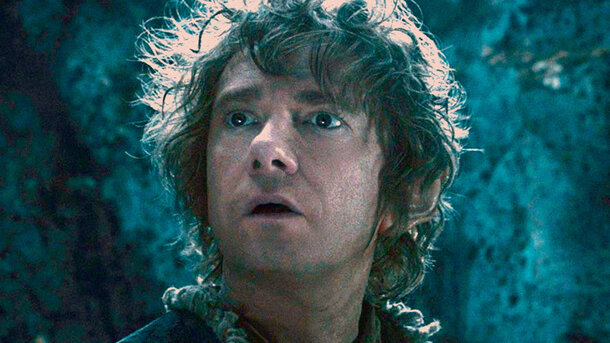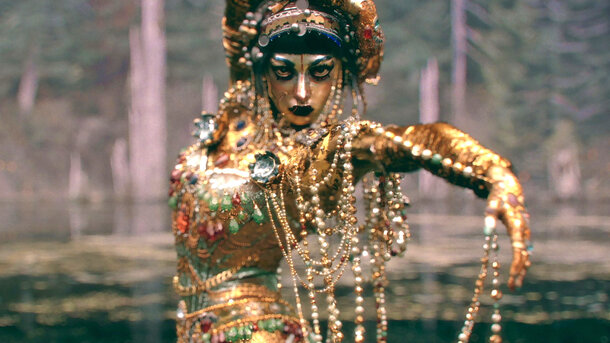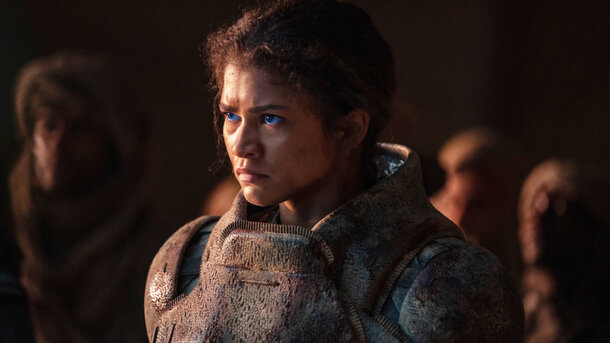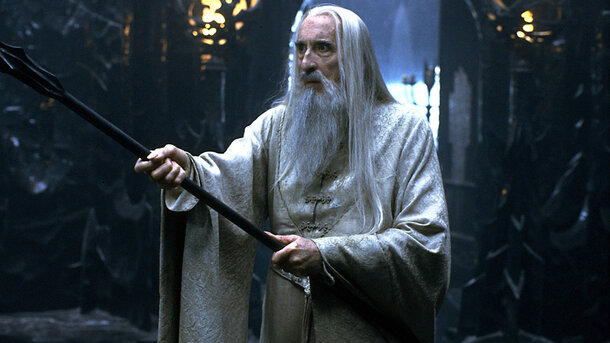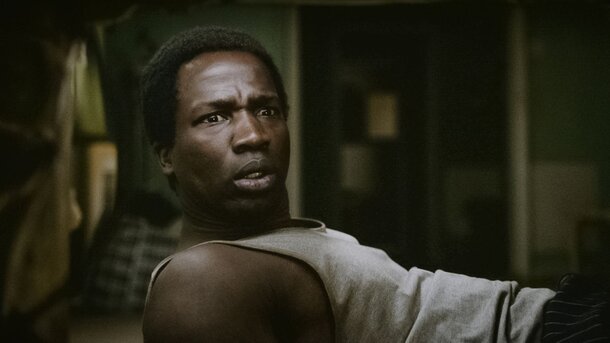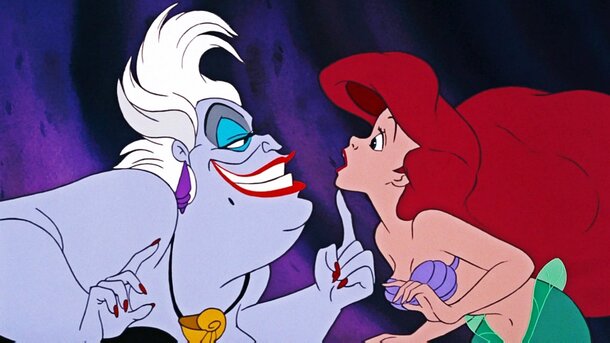In the 1980s, the U.S. had a controversial practice of radically re-editing Japanese animation for Western audiences. Even Hayao Miyazaki's future masterpiece, Nausicaä of the Valley of the Wind, was subjected to heavy censorship. In 1985, an American version of the anime was released, trimmed by 30 minutes and renamed Warriors of the Wind. This distorted the original vision of the author beyond recognition, which greatly angered the director.
The re-edited version of Nausicaä had the main character renamed to Zandra, and her philosophical dialogues and motivations were simplified. The environmental theme, a key element in Miyazaki's work, was almost entirely cut. What was originally a deep anti-war fable was turned into a dynamic fantasy for children. The Ohmu, creatures from the original, were depicted as monsters. New footage, such as a chase involving a living Titan, was inserted — scenes that were not part of Miyazaki's vision.
In total, nearly 30 minutes were cut, including scenes the producers felt "slowed down" the action. The voice actors later admitted they worked blind, not understanding the context of the plot. Even the VHS cover art was drawn without anyone having seen the film. Notably, the anime Warriors of the Wind failed at the box office.
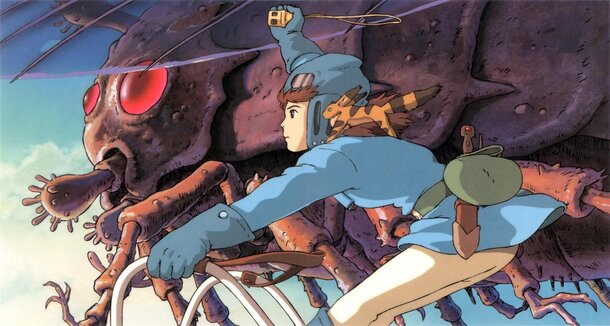
Miyazaki's reaction was one of fury. As a result, Studio Ghibli set strict rules for future localizations: no cuts, plot changes, or re-voicing to cater to the market. Only in 2005 did American audiences finally see the full version of Nausicaä with an official dub. Interestingly, the failure of Warriors of the Wind indirectly contributed to the success of Princess Mononoke. Miyazaki, having learned from his bitter experience, personally oversaw its international release, ensuring the film received global recognition without distortions.
